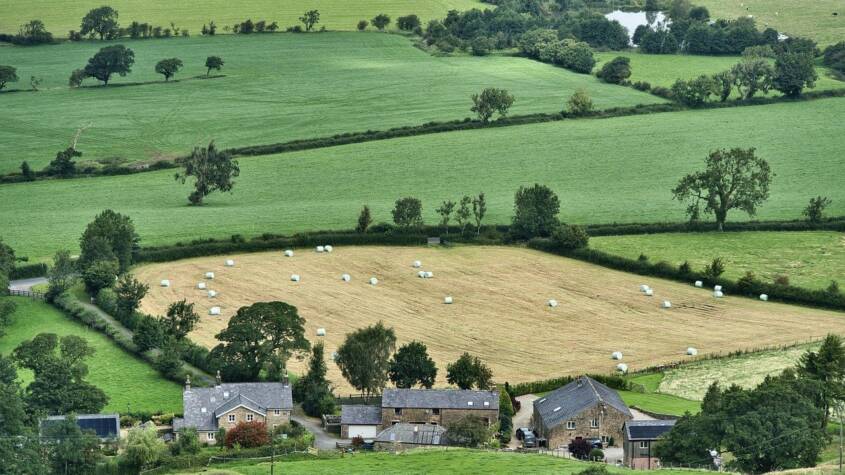
Ontario is home to a diverse agricultural landscape that plays a crucial role in feeding not just the province, but much of Canada. The farms in Ontario range from large, commercial operations to small, family-run businesses, each contributing to the province’s economy and food supply in unique ways. This rich agricultural sector thrives thanks to various factors, including fertile soil, favorable climate, and innovative farming techniques.
From dairy and grain farming to fruit orchards and vineyards, Ontario’s farms produce a wide array of products. This variety supports local economies and encourages sustainable practices. Exploring the different types of farms found in Ontario reveals much about the region’s agricultural heritage and its future challenges and opportunities. These insights can inspire appreciation for the farming community and the vital work they do.
Agricultural Landscape of Ontario
Ontario’s agricultural landscape is characterized by diverse climatic conditions and fertile soil. This combination supports a wide range of agricultural activities, making it one of Canada’s leading provinces for farming.
Climate and Soil Fertility
Ontario has a varied climate influenced by lakes, mountains, and geography. The province experiences a mix of humid continental and humid subtropical climates, leading to distinct growing seasons. Average temperatures range from -5°C in winter to above 25°C in summer.
Soil fertility is crucial for successful farming. The region boasts fertile soils, particularly the Chernozem and Loam types, which are rich in organic matter. This enhances crop yields and supports vibrant farming communities. Adequate rainfall, combined with irrigation practices, usually meets the water needs of crops.
Key Crops and Livestock
Ontario’s agricultural diversity includes a variety of key crops and livestock. Major crops include corn, soybeans, and wheat, which dominate farmland use. Corn, particularly, is a staple for animal feed and ethanol production.
In addition to crops, livestock farming is significant. Ontario is known for its dairy, beef, and poultry industries. Dairy cows and broiler chickens are among the most prominent livestock, contributing substantially to the province’s economy. Together, these elements form a robust agricultural framework.
Sustainable Farming Practices
Sustainable farming practices in Ontario focus on maintaining ecological balance and ensuring resource efficiency. These practices enhance soil health, conserve water, and promote biodiversity.
Organic Agriculture
Organic agriculture in Ontario emphasizes the use of natural inputs and processes. Farmers avoid synthetic pesticides and fertilizers, opting for organic alternatives. Crop rotation plays a crucial role in maintaining soil fertility and preventing pest issues.
Key principles include:
- Soil Health: Organic methods improve soil structure and microbiome diversity.
- Pest Management: Integrated Pest Management (IPM) reduces reliance on chemical pesticides.
- Biodiversity: Farmers encourage diverse crops to enhance ecosystem resilience.
Many Ontario farms are certified organic, meeting strict guidelines set by organizations like Pro-Cert and Ecocert.
Conservation Efforts
Conservation efforts in Ontario include practices aimed at preserving natural resources. These practices address soil erosion, water quality, and habitat preservation.
Important strategies involve:
- Cover Cropping: This prevents soil erosion and enhances nutrient content by planting cover crops during off-seasons.
- Buffer Strips: Establishing vegetated areas along waterways helps filter runoff and protect aquatic ecosystems.
- Water Conservation: Implementing efficient irrigation techniques minimizes water waste.
Farmers are increasingly adopting these practices, recognizing their importance for long-term sustainability and profitability.
Recycling Drop Off Near Me: Your Guide to Local Eco-Friendly Solutions
Finding a nearby recycling dropoff location can be a crucial step in contributing to envir…










